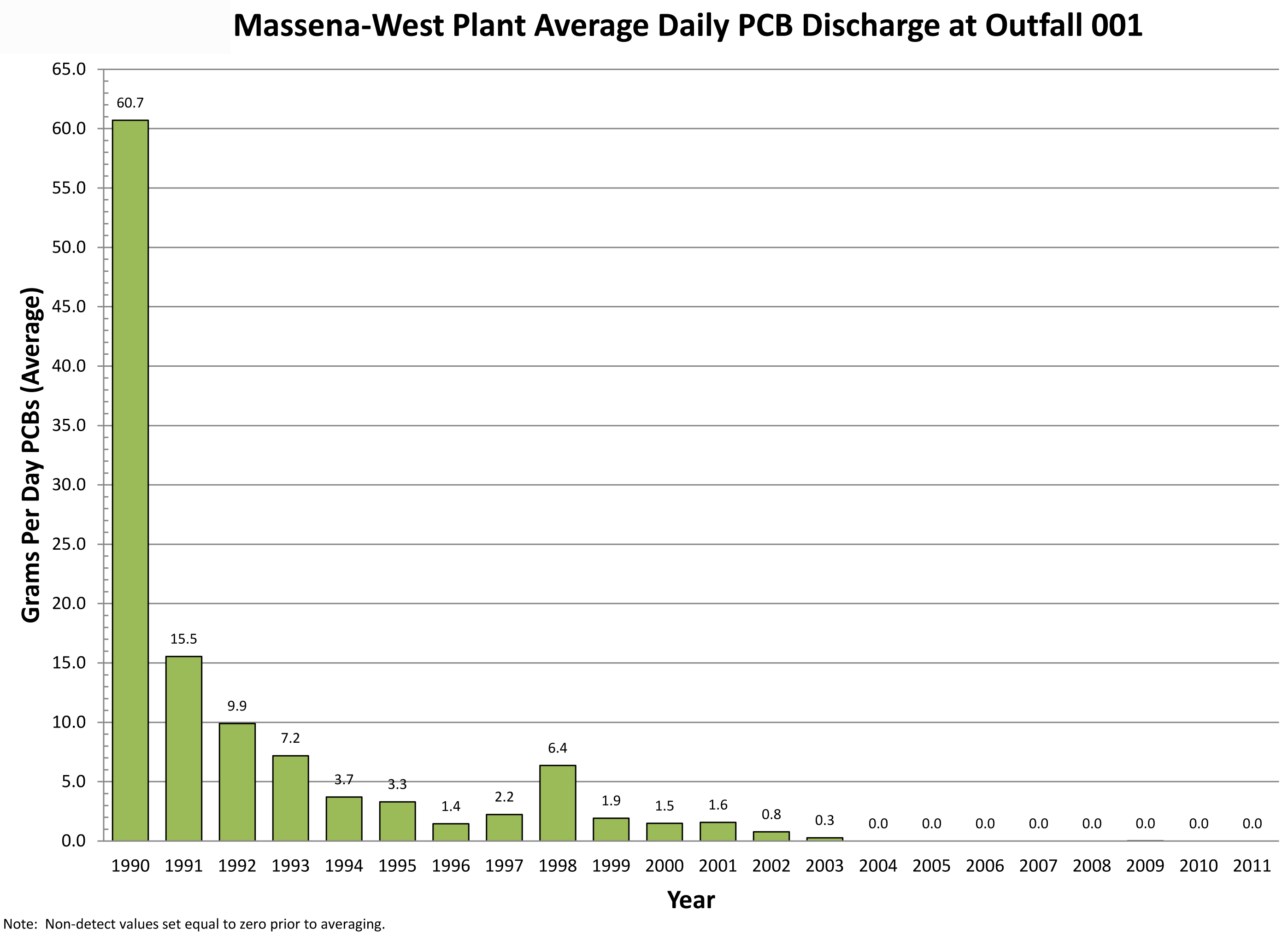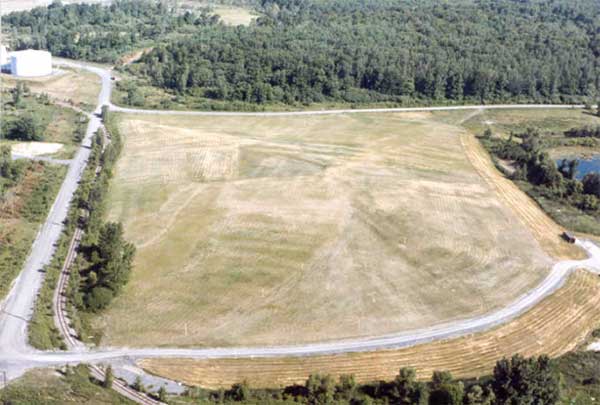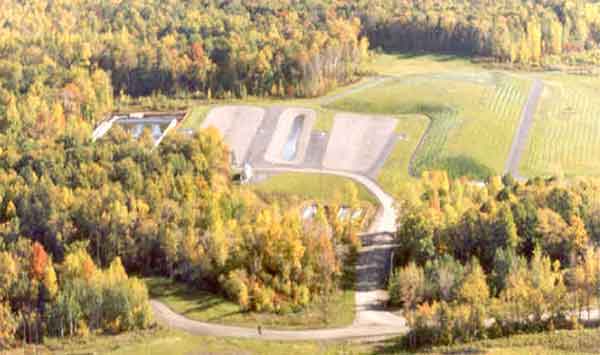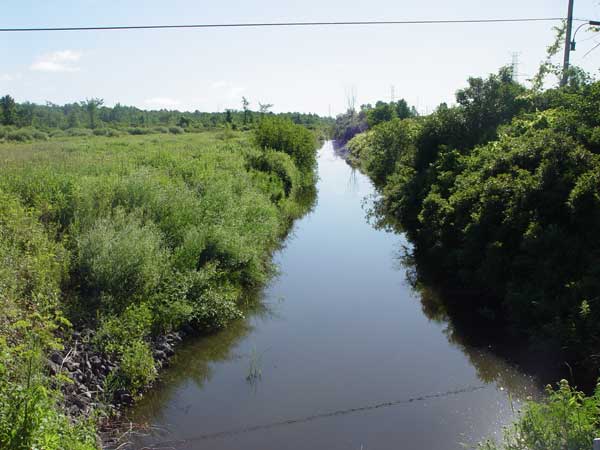Overview
The Massena West facility has been in operation since 1903. The facility is located adjacent to the Grasse River and the Massena Power canal. Throughout the years, production processes generated various waste by-products including hydraulic oils that contained PCBs. In the past, these waste by-products typically were disposed of in on-site lagoons and landfills, a practice that at the time was quite common and generally accepted. In November 2016, Alcoa successfully separated into two companies—Alcoa Corp. and Arconic. Upon separation, the Massena West forgings and extrusions operation became part of Arconic, which assumed responsibility for the Grasse River remediation project.
The company's decade-long on-site remediation program was completed in 2001 at a cost in excess of $250 million. These land-based remediation activities were key to the clean-up of the Grasse River. As a result of these activities and in conjunction with upgrades of wastewater treatment facilities at the Massena West plant, the discharge of PCBs to the Grasse River has been greatly reduced over time as evidenced by the graph presented below. Controlling sources of PCBs to the river is a critical step in reducing PCB levels in fish and must be accomplished for any of the available remedial options for the lower Grasse River to be effective.

Project Details
With oversight from the New York State Department of Environmental Conservation, Arconic (formerly Alcoa) cleaned up 18 sites at its West plant between 1991 and 2001 in order to control the discharge of hazardous substances off-site, particularly to the Grasse River. These projects included:
| Project | Cubic Yards Remediated | Activities |
|---|---|---|
| Spent Potlining Pile I | 32,000 cubic yards | Activities included installation of a RCRA cap and leachate collection and groundwater extraction systems. |
| Secure Landfill | 495,800 cubic yards | Activities included construction of a RCRA/TSCA-type hazardous waste landfill. |
| Landfill Annex and West Marsh | 198,000 cubic yards | Activities included installation of a containment slurry wall, RCRA cap and leachate collection system. |
| General Refuse Landfill and East Marsh | 673,000 cubic yards | Activities included installation of a RCRA cap, groundwater control trench and leachate collection system. |
| Spent Potlining Pile A | 112,500 cubic yards | Activities included installation of a groundwater extraction system. |
| Oily Waste Landfill | 20,340 cubic yards | Activities included backfilling and capping. |
| Dennison Cross Road Site | 65,840 cubic yards | Activities included backfilling and capping. |
| Primary Lagoon and Dredge Spoils Area | 49,300 cubic yards | Activities included excavation, disposal and capping. |
| Sanitary Lagoon | 36,010 cubic yards | Activities included excavation, disposal and cover. |
| Storage Tank 51 | 1,020 cubic yards | Activities included backfilling an underground tank. |
| Waste Lubricating Oil Lagoon | 34,300 cubic yards | Activities included excavation, disposal and capping. |
| HPM Press Area | 2,430 cubic yards | Activities included excavation and disposal. |
| Unnamed Tributary | 10,650 cubic yards | Activities included excavation and disposal of material, cleaning and sliplining of pipe. |
| 60-Acre Lagoon | 164,700 cubic yards | Activities included excavation and disposal, installation of a clay liner and construction of drainage swales. |
| Soluble Oil Lagoon | 78,600 cubic yards | Activities included excavation, disposal and capping. |
| Plant Roads | 3.7 miles of unpaved plant roads remediated. | Activities included excavation and disposal of contaminated soils and placement of asphalt caps and clean soil covers. |
| Wetlands Mitigation Project | -- | Approximately 100 acres of wetlands were converted to upland areas during remediation. |
Photos
General Landfill

Primary Lagoon and Dredge Spoils Area

Unnamed Tributary

